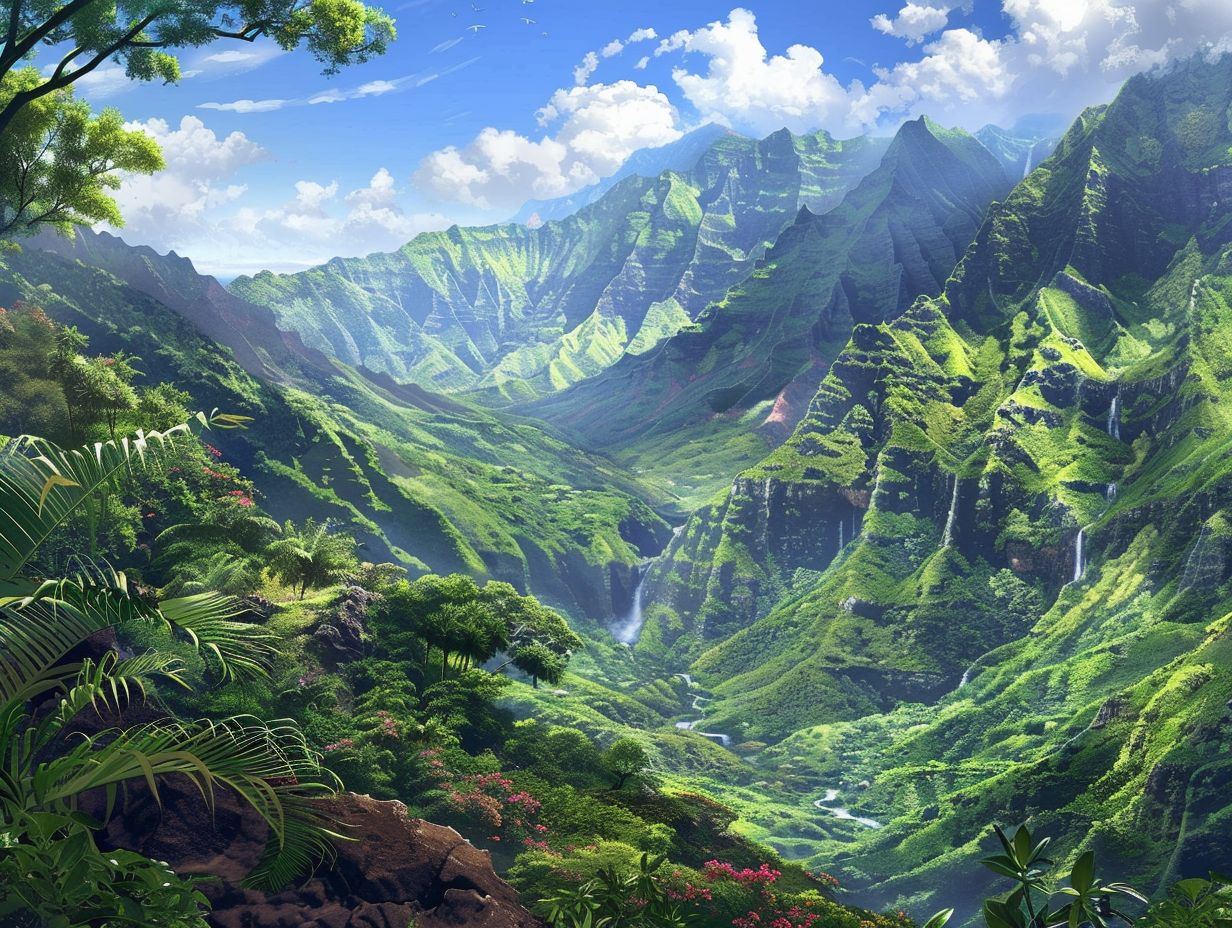Olympic National Park’s history is a captivating tale that spans over a century, showcasing the remarkable efforts to preserve the region’s natural wonders. From its origins as the Olympic Forest Reserve in 1897 to its designation as a UNESCO World Heritage Site, this national park has evolved into a true gem of the Pacific Northwest.
The Birth of Olympic National Park
The story of Olympic National Park begins in 1897 when the Olympic Forest Reserve was established, marking the first step towards the protection of this remarkable landscape. This reserve was later transferred to the Forest Service and became Olympic National Forest in 1907. In 1909, the area was further protected with the establishment of the Mt. Olympus National Monument, which aimed to safeguard the habitat of the iconic Roosevelt elk.
The Designation as a National Park

The journey towards the creation of Olympic National Park gained momentum in the 1930s. After unsuccessful attempts in the Washington State Legislature to further protect the region, President Franklin D. Roosevelt stepped in and signed a bill in 1938 that officially designated the area as Olympic National Park. This pivotal moment cemented the park’s status as a national treasure, ensuring its preservation for generations to come.
Diverse Ecosystems and Unique Features
Olympic National Park is renowned for its remarkable diversity of ecosystems, each with its own distinct character and charm. The park boasts a rugged Pacific coastline, towering glacier-clad peaks, a temperate rainforest on the west side, and an old-growth forest with a much drier climate to the east. This incredible range of environments supports a rich tapestry of native and endemic plant and animal species, making it a true biodiversity hotspot.
Coastal Wonders
The park’s 62 miles of wilderness coastline is the longest undeveloped coast in the contiguous United States, offering visitors a chance to explore the dramatic sea stacks, rocky tide pools, and pristine beaches that define this captivating region.
Majestic Mountains
The park’s glacier-clad peaks, including the iconic Mount Olympus, rise majestically above the landscape, providing a stunning backdrop for outdoor adventures and breathtaking vistas.
Temperate Rainforest
The western side of the park is home to a temperate rainforest, a lush and verdant ecosystem characterized by towering old-growth trees, mossy undergrowth, and a diverse array of plant and animal life.
Dry Forest
In contrast, the eastern side of the park features an old-growth forest with a much drier climate, offering a unique and equally captivating experience for visitors.
Cultural and Historic Significance
Olympic National Park’s history is not only defined by its natural wonders but also by the rich cultural and historic legacy that permeates the region. The park’s lands have been home to indigenous communities for over 12,000 years, with more than 650 archaeological sites documenting this long-standing human presence.
International Recognition
The significance of Olympic National Park has been recognized on a global scale. In 1976, the park was declared an International Biosphere Reserve, and in 1981, it was designated as a UNESCO World Heritage site, acknowledging its outstanding natural attributes and international importance.
Recreational Opportunities
Today, Olympic National Park continues to captivate visitors with its diverse recreational offerings. From hiking and camping to wildlife viewing and exploring the rugged coastline, the park provides endless opportunities for outdoor enthusiasts to immerse themselves in the majesty of the Pacific Northwest.
Conclusion
The history of Olympic National Park is a testament to the enduring efforts to protect and preserve the natural wonders of the Pacific Northwest. From its humble beginnings as the Olympic Forest Reserve to its current status as a UNESCO World Heritage site, this national park has evolved into a true gem that continues to inspire and captivate visitors from around the world.
References:
– USDA Forest Service – Olympic National Forest History and Culture
– National Geographic – Olympic National Park
– Wikipedia – Olympic National Park
– Olympic National Parks – Park History
– National Park Service – History and Culture

